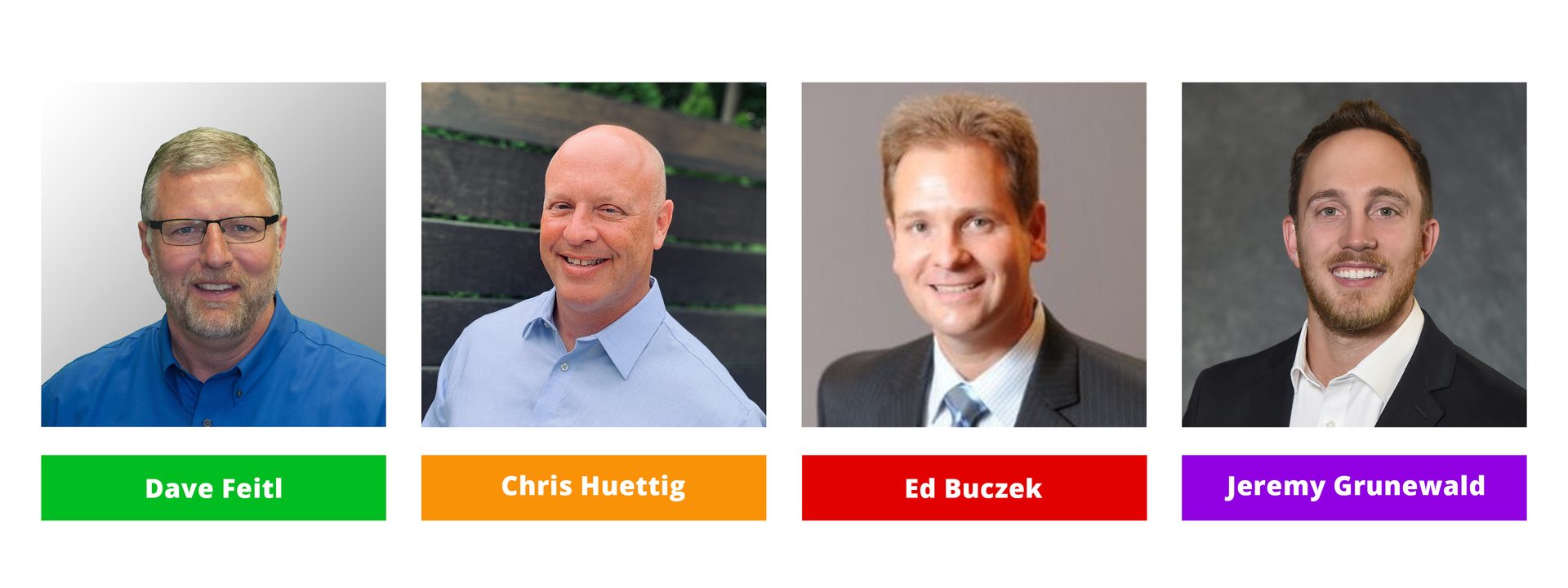EB: Garland contributes to the sustainability conversation by actively engaging all the constituencies involved in the building envelope — the architect, the building owner, and of course, the roofing contractor. When the manufacturer is involved in the sustainability conversation at every level of a project — from design, to installation, to maintenance — everyone’s needs can be met with the best possible solution, and collaboration can find opportunities that might be missed otherwise. Ultimately, we believe the most sustainable roof is one that lasts, and together with our contractor partners, that’s a message we’ve been advancing since the 1990s.

